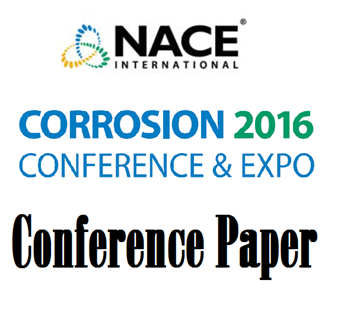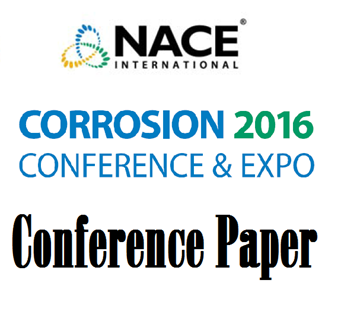Search
51316-7365-Characteristic Corrosion Morphological Features Associated with
Also Purchased
51316-7347-Quantifying the Risk of MIC
Product Number:
51316-7347-SG
ISBN:
7347 2016 CP
Publication Date:
2016
$20.00
51316-7355-UNS N09955 Corrosion Cracking Resistance
Product Number:
51316-7355-SG
ISBN:
7355 2016 CP
Publication Date:
2016
$20.00
51313-02748-Observations About Bacteria Proliferation and Corrosion Damage Morphology in Kuwait Oilfield Water
Product Number:
51313-02748-SG
ISBN:
02748 2013 CP
Publication Date:
2013
$20.00




